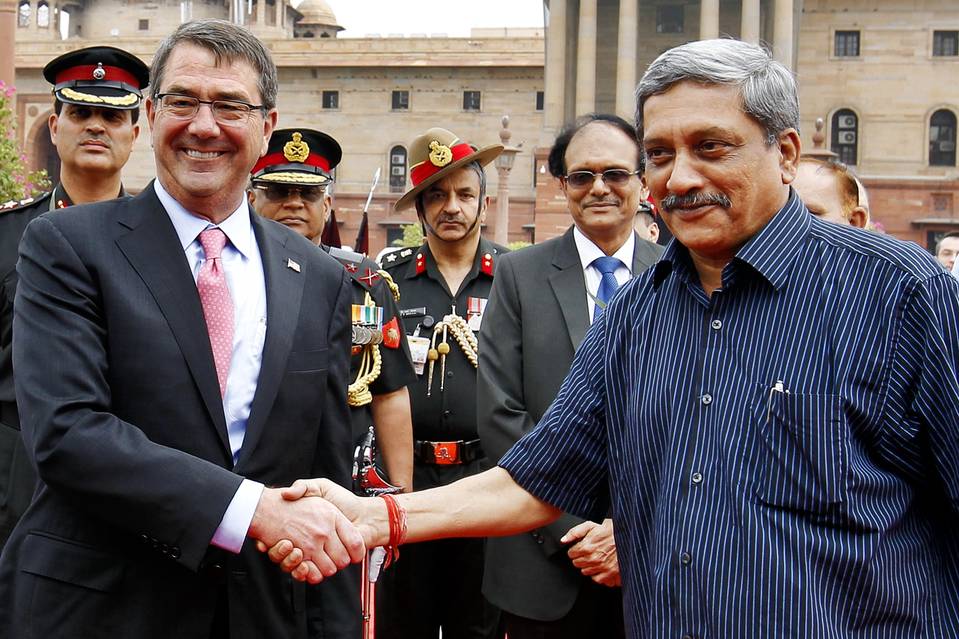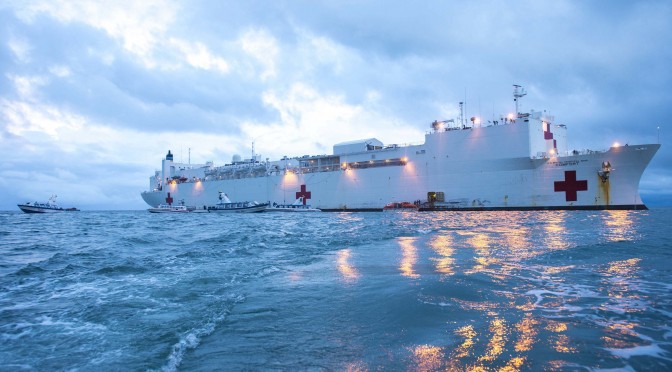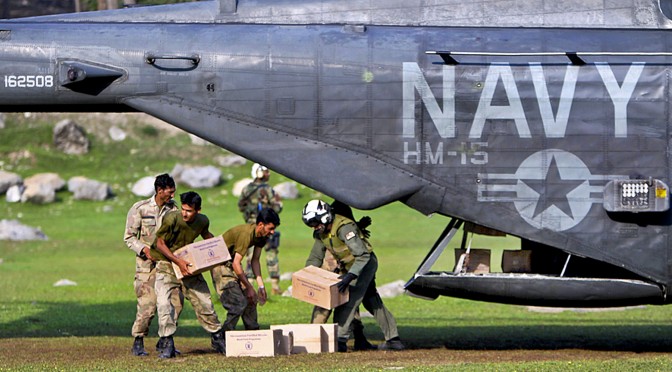CIMSEC
Announcements
CIMSEC February Recap by Dmitry Filipoff
Call for Articles: Naval HA/DR Topic Week by Dmitry Filipoff
CFAR 2016: And the Winners are… by Scott Cheney-Peters
Naval HA/DR Topic Week Kicks Off on CIMSEC by Dmitry Filipoff
Naval HA/DR Topic Week
Other Than War: HA/DR and Geopolitics by Joshua Tallis
Positioning Naval HA/DR in India’s Image Making by Vidya Sagar Reddy
How Lessons from HA/DR Can Prepare Naval Forces for Combat by Greg Smith
Applying Interagency Concepts from Domestic Disaster Response to Foreign HA/DR by Robert C. Rasmussen
Aligning HA/DR Mission Parameters with US Navy Maritime Strategy by CAPT John C. Devlin (ret.) and CDR John J. Devlin
A Proactive Approach to Deploying Naval Assets in Support of HA/DR Missions by Marjorie Greene
Enabling More Effective Naval Integration into Humanitarian Responses by David Polatty
The Challenges of Coming Together in a Crisis by David Broyles
Flattops Of Mercy by LCDR Josh Heivly
The Legacy of the 2004 Indian Ocean Earthquake and Tsunami On U.S. Maritime Strategy by CDR Andrea H. Cameron
Podcasts
Real Time Strategy 5: Metal Solid V: The Phantom Pain hosted by Bret Perry
Sea Control 111: Vietnam Era Drones (QH-50) hosted by Matt Hipple
Sea Control 112: Australia’s 2016 Defence White Paper hosted by Natalie Sambhi
Sea Control 113: Abraham Lincoln’s Self-Education hosted by Matt Merighi
Interviews
Tom Ricks on Writing, Reading, and Military Innovation by Christopher Nelson
CIMSEC Interviews Larry Bond and Chris Carlson on Their New Novel, Wargaming, and More by Bret Perry
Member Round Up
February Members’ Roundup Part One by Sam Cohen
February Members’ Roundup Part Two by Sam Cohen
Member’s Roundup: March 2016 Part One by Sam Cohen
Events
14-18 March 2016 Events of Interest by Emil Maine
21-27 March 2016 Events of Interest by Emil Maine
28 March- 3 April 2016 Events of Interest by Emil Maine
Naval Affairs
The Aegis Warship: Joint Force Linchpin for IAMD and Access Control by John F. Morton
crossposted from NDU Joint Forces Quarterly
Series: 21st Century Maritime Operations under Cyber-Electromagnetic Operations by Jon Solomon
crossposted from Information Dissemination
Part One (Feb.)
Part Two (Feb.)
Part Three
Finale
Integrated Masts – The Next Generation Design for Naval Masts by Commander (Dr.) Nitin Agarwala
crossposted from Defencyclopedia
“A Design for Maintaining Maritime Superiority” – A Coastie’s View by Chuck Hill
‘A Fiscal Pearl Harbor’ by Dr. Eric J. Labs
crossposted from U.S. Naval Institute Proceedings
Athena Project San Diego Innovation Jam Roundup by Dave Nobles
crossposted from the Athena Project
Asia-Pacific
A Comparative View of the Ancient and 21st Century Maritime Silk Roads by Mohid Iftikhar and Dr. Faizullah Abbasi
South Sea Fleet: The Emerging ‘Lynchpin’ of China’s Naval Power Projection in the Indo-Pacific by Gurpreet S. Khurana
crossposted from the National Maritime Foundation
The Nature of the PRC’s National Defense and Military Reform by Ching Chang
Singapore’s Fleet Modernization: Slow and Steady? by Paul Pryce
America’s Dilemma in Avoiding Confrontation in the East Asian Littoral by David Hervey
Transparency as Strategy: The Maritime Security Initiative and the South China Sea by Dr. Van Jackson, Dr. Mira Rapp-Hooper, Paul Scharre, Harry Krejsa, and Jeff Chism
China’s Arctic Engagements: Differentiating from Reality and Apprehension by Adam MacDonald
crossposted from Conference for Defense Associations Institute
Africa
West African Navies Coming of Age? by Dirk Steffen
Middle East
Pakistan’s Navy: A Quick Look by Alex Calvo
Europe
A Call for an EU Auxiliary Navy – Under German Leadership by Dr. Sebastian Bruns
Western Hemisphere
Opinion: The Uses of the U.S. Navy’s Fourth Fleet by W. Alejandro Sanchez
Undersea
An Underwater Cloud by Alix Willimez
Reviews
Book Review: Piracy and Armed Robbery at Sea by Alex Calvo
Red Phoenix Burning by Bret Perry
Practise To Deceive: Learning Curves of Military Deception Planners by LT Jake Bebber






